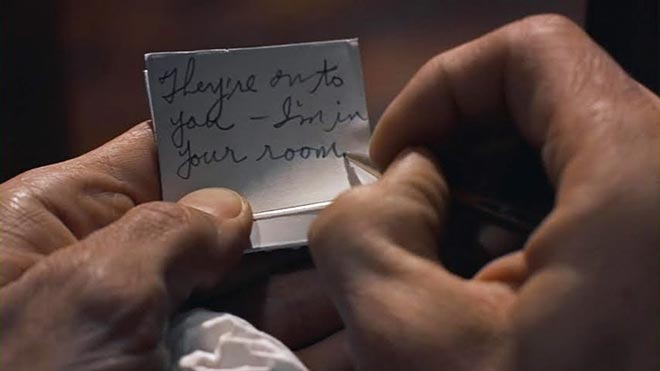Thou’lt find each day a greater rapture bringing

In the four billion years since life on Earth began, there have been five times when there was a sudden mass extinction of life-forms. The last time was 65 million years ago, when the dinosaurs were killed, probably by a meteor. But now the world’s scientists agree that the sixth mass extinction is at hand. Humans have accelerated the rate of species extinction by a factor of at least 100, and the great Harvard biologist EO Wilson warns that it could reach a factor of 10,000 within the next 20 years. We are doing this largely by stripping species of their habitats. We are destroying the planet’s biodiversity, and so we are making the natural chains that keep us alive much more vulnerable to collapse. This time, we are the meteor.
At the same time, we are dramatically warming the atmosphere. I know it has become terribly passé to listen to virtually all the world’s scientists, but I remember the collapsing glaciers I saw in the Arctic, the drying-out I saw in Darfur, and the rising salt water I saw in Bangladesh. 2010 was the joint-hottest year ever recorded, according to Nasa. The best scientific prediction is that we are now on course for a 3ft rise in global sea levels this century. That means goodbye London, Cairo, Bangkok, Venice and Shanghai. Doubt it if you want, but the US National Academy of Sciences – the most distinguished scientific body in the world – just found that 97 per cent of scientific experts agree with the evidence.
painting { Jean-Léon Gérôme }



















